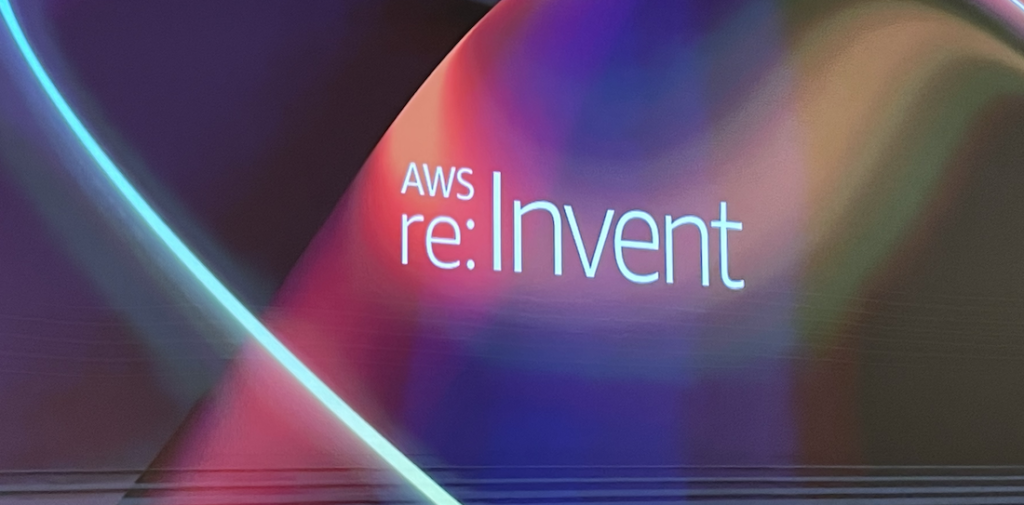
The second day usually starts with the keynote from Adam Selipsky, CEO of AWS. The keynote is not a technical session but it’s a good place to learn about new products or services launches. In such big event, it’s show as well. When you enter the room, there is a band playing music and I liked the setlist full of rock music!

Announcements
One part of the keynote was dedicated to data and how to discover, ingest and process it. In that area, he announced Amazon Aurora integration with Amazon Redshift and Amazon Redshift integration with Apache Spark. The idea is to run analytics query on near realtime transactional data. For visualisation of your data, he introduced a new question supported by Q in Amazon Quicksight.
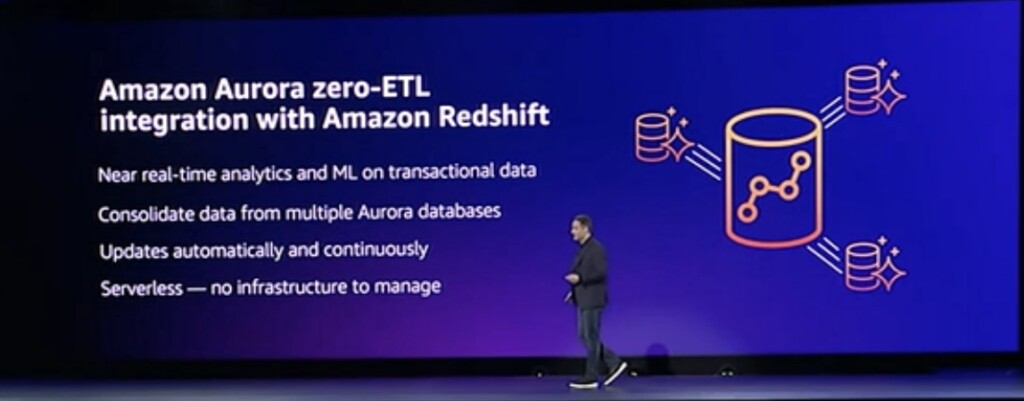
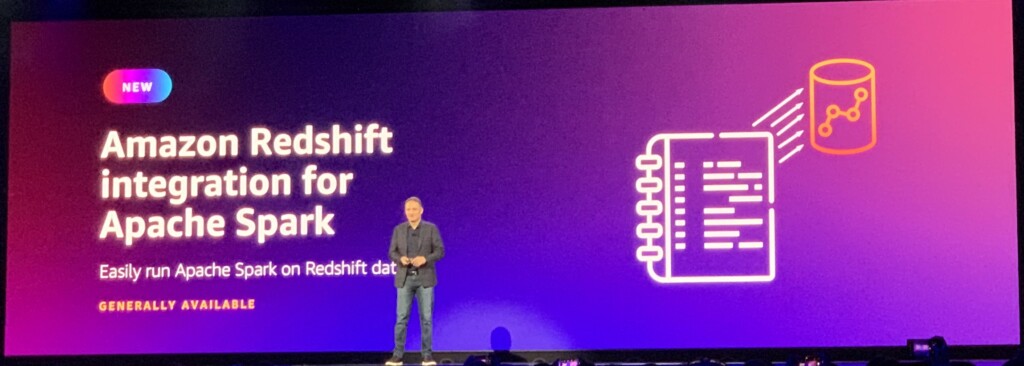
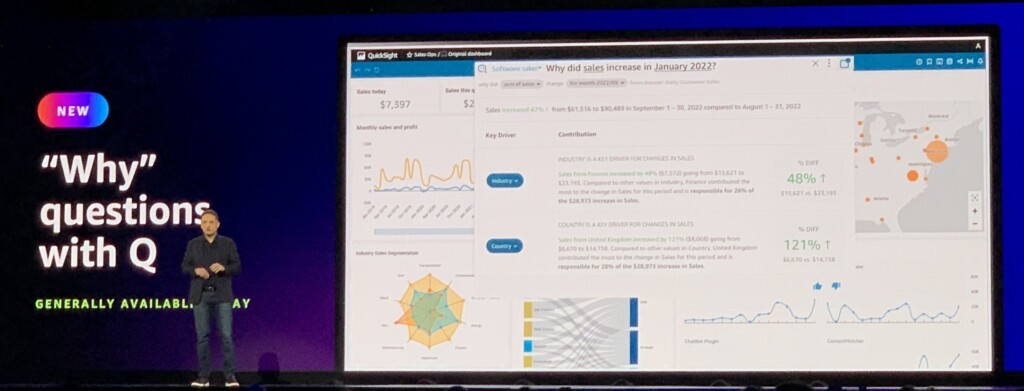
The idea of this blog is not to list all the new launches. You can get a full list of new announcements on a dedicated AWS blog: Top announcements of AWS re:Invent 2022.
Audit and compliance
Today, I didn’t attend any workshop but I was in a builders session with David. These sessions are really appreciated and you need to be fast to save your spot. It looks like a workshop but there are less seats and there is one dedicated speaker for each table. We configured CloudTrail Lake in a demo account. Then we ran few queries to explore the audit data. I invite you to look at David’s blog AWS re:Invent day 2: All about Lakes for more details about the feature itself.
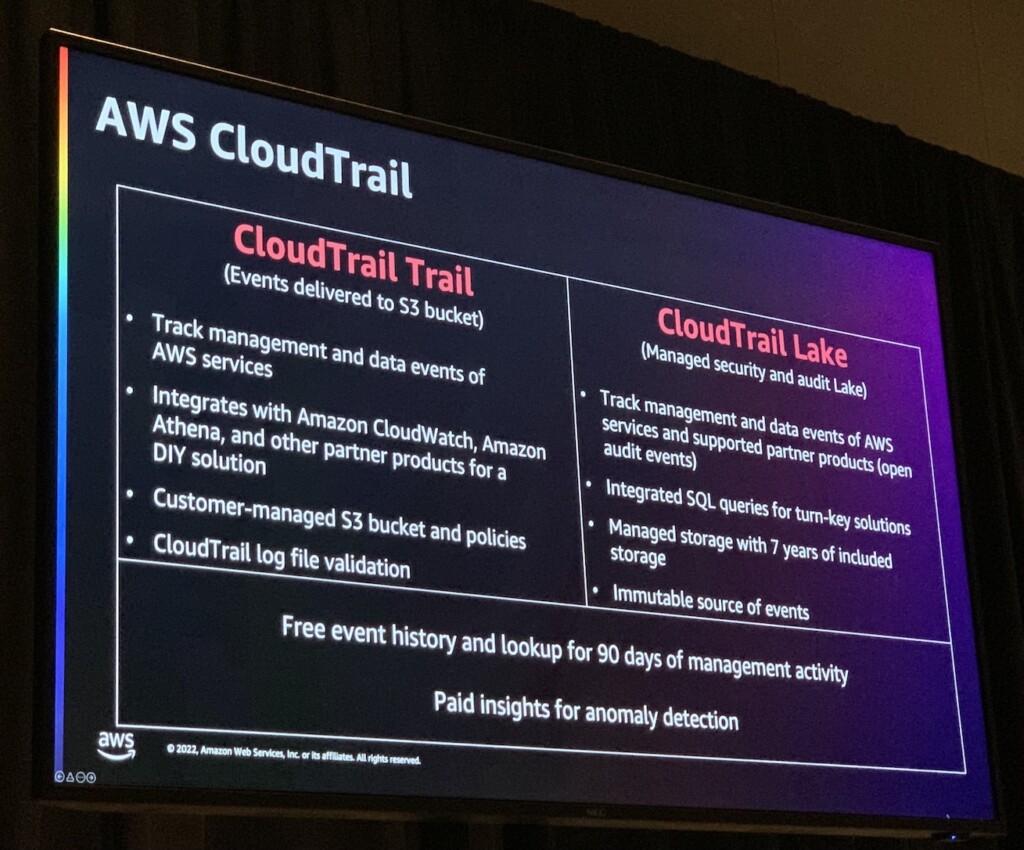
Learning with games
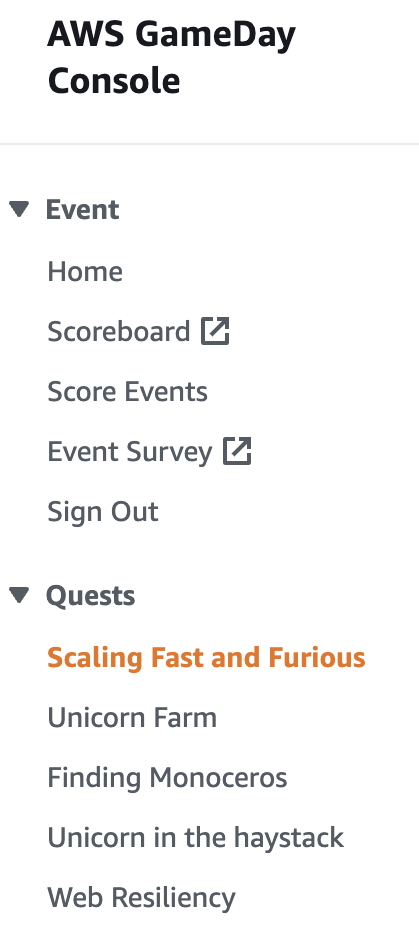
I also wanted to try a new session type for me, gamified learning. I decided to go easy for my first time. Indeed I choose to participate to a session where you take the quests at your own pace without competition.
Once seated, I registered to a platform and the pitch is quite simple: I’m a new employee of the startup Unicorn and I got some quests to solve. You win points by solving those quests. You can work as a team per table and compete with the other tables if you’d like. The image on the left shows few of the available quests. I completed 2 quests of different levels: one very easy (1 out of 5) about Web Resiliency and one more difficult (4 out of 5) about scaling containers in ECS.
The easier quest was well guided and close to the content you can get in a workshop or builder session. There are different tasks with objectives well explained. But the answers are hidden and revealing the hints costs you some of your points earned.
About the “Scaling Fast and Furious” quest, it looks like a scenario. I got only a few lines of text giving the context about the application not reaching the customer expectations. And some vague hints provided by colleagues. But not clear tasks and objectives. I’m happy I finally completed this quest even if I did not had a lot of practical experience with ECS task auto-scaling.

![Thumbnail [60x60]](https://www.dbi-services.com/blog/wp-content/uploads/2022/11/NIJ-min-scaled.jpg)
![Thumbnail [90x90]](https://www.dbi-services.com/blog/wp-content/uploads/2022/08/ENB_web-min-scaled.jpg)
![Thumbnail [90x90]](https://www.dbi-services.com/blog/wp-content/uploads/2022/08/ADE_WEB-min-scaled.jpg)
![Thumbnail [90x90]](https://www.dbi-services.com/blog/wp-content/uploads/2022/08/MOP_web-min-scaled.jpg)